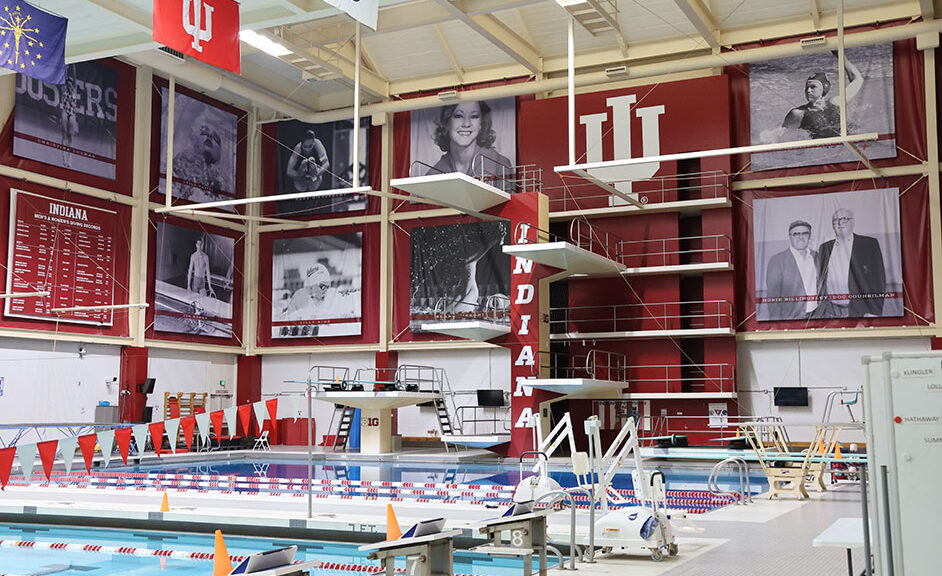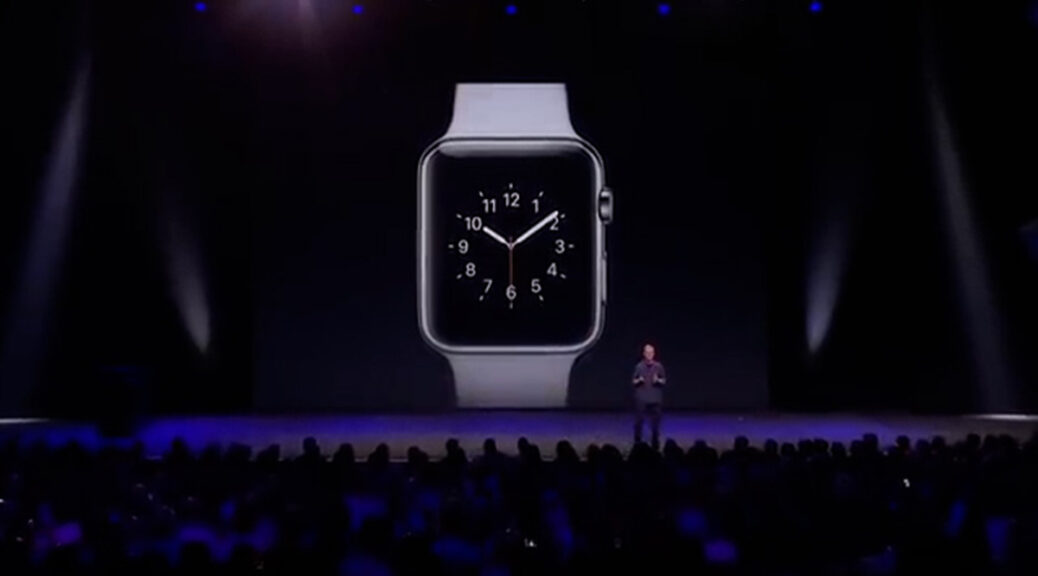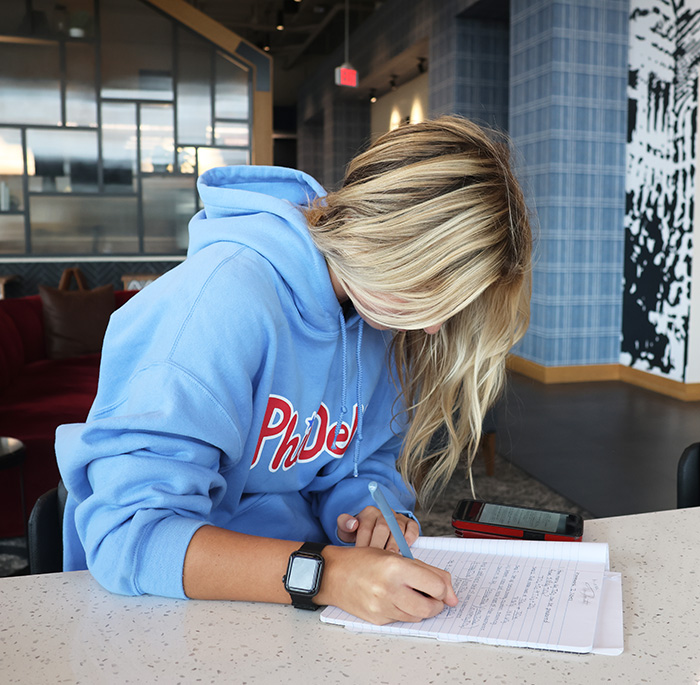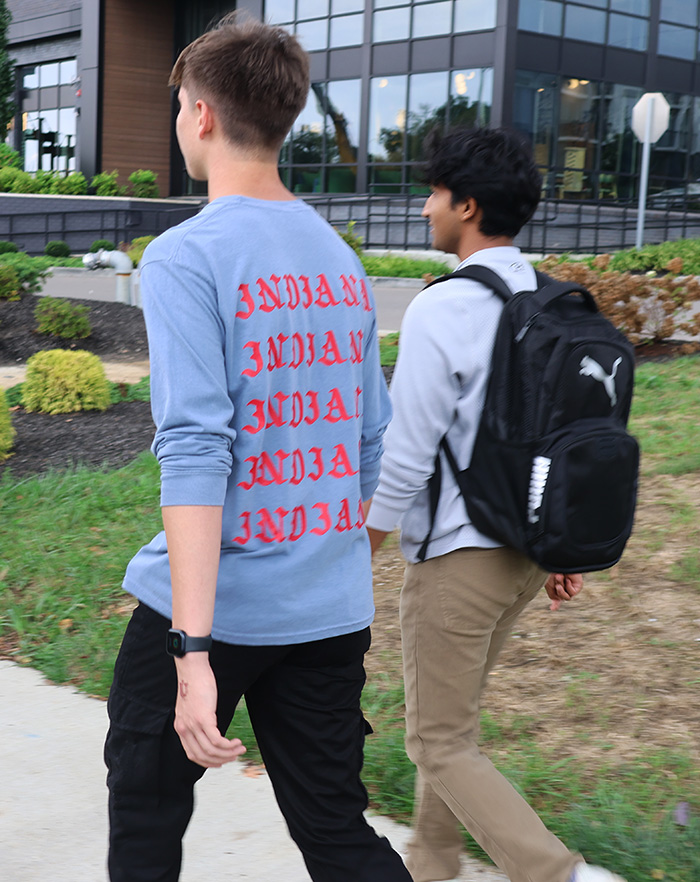NIL: The Divide Across Sports
By Audrey Lash, Anderson Stuckey, Daisy Desilvia
BLOOMINGTON, Ind (Nov. 5, 2024)-It is a brisk fall day, and swimmers are arriving for their morning practice. It is 6:00 am, and the swimmers have their first of two practices. He is in his second year of swimming for IU. Most would be tired and groggy at this time, but Lucas Byrd is not. He has been doing these early morning practices since he was 14. They have a two-hour practice, then 4 hours of class each day, then another practice almost right when he gets out of class. Every single day, he has 4+ hours of practice and 4+ hours of school. This is the definition of a Student athlete.
These moments represent the countless hours NCAA college athletes put into their Student-athlete lives. Just 4 years ago, Byrd would have been putting in the same amount of time he is now, but he wouldn’t have the ability to make any money or do anything. He wouldn’t be able to get a job or make money off his name, image, or likeness. Now, due to NIL, he is allowed to do all of those things. Although despite the time, energy, and effort he puts into being a student-athlete, not all sports are equal.
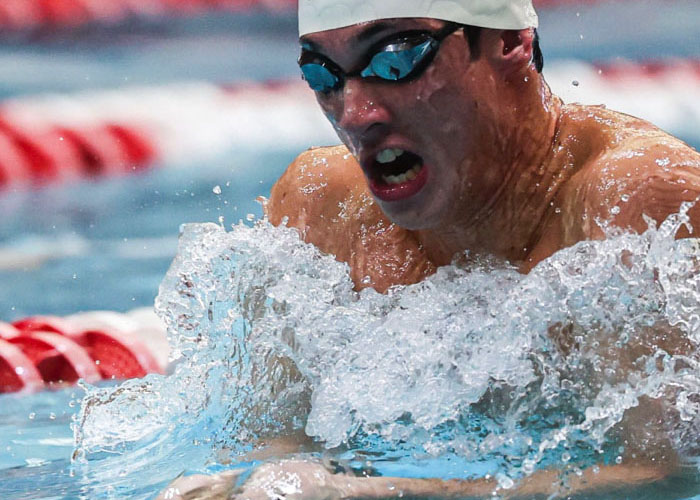
Even though Byrd and his teammates put in the same if not more time than other athletes in other sports, the money they receive is not even in the same world as that of an IU basketball player; Byrd said, “You know, a lot of these sports put in just as much work, if not more, than basketball or football, yet they are getting thousands of dollars, and we maybe get enough to pay for a meal or two.” While talking about how and why NIL differs so much between different sports and athletes, Byrd said, “It is really all about your follower count; I am kind of lacking on the follower count; some of my teammates are doing really well with that.” Byrd and his teammates are still trying to navigate NIL and do what is best for them.
Dr.Clavio, a respected figure in sports media and education, is gearing up for another day of shaping the next generation of sports journalists. As he reflects on the changes in the sports journalism landscape, Clavio acknowledges the influence of NIL policies on both athletes and media coverage.
Recently, he delivered an engaging lecture to a C250 class, discussing the complexities of sports reporting in the context of NIL.“The dynamic has shifted dramatically,” he says. Clavio stresses the need for a balanced approach to coverage and emphasizes that NIL is based on how popular a person or sport is, which is not fair. For example, something like women’s volleyball is better than something like football. Clavio advocates for a more nuanced understanding of these issues, urging aspiring journalists to recognize the importance of equitable representation in their reporting, to the point that we must tell the stories of all athletes, regardless of the popularity of their sport.
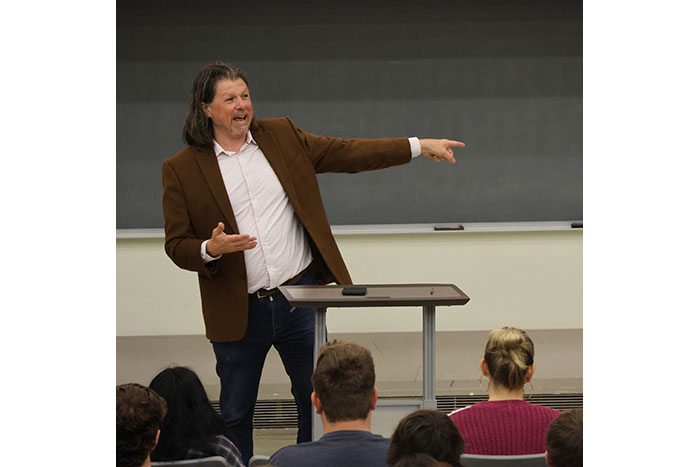
undergraduate education, Photo courtesy of Emma Pierce
NIL has reshaped the relationship between athletes, media, and fans, and Dr.Clavio makes this extremely clear. While NIL presents exciting opportunities, it also poses challenges that require thoughtful consideration and ethical reporting practices. In today’s day and age, it’s crucial to recognize and credit all athletes in all sorts of divisions and sports, and this is exactly what Clavio is advocating for and making apparent to people. He believes that elevating underrepresented sports not only enriches the narrative of athletics but also inspires a more diverse audience.
On the other side of Bloomington, Tyler Harris is getting ready to start his day off at Hoosier Connect. He is the Executive Director at Hoosier Connect. He joined the company last year but spent the last four years before that with the athletic department here at IU. He specialized in and dealt with NIL, so he has been very heavily involved with NIL since its very beginning. He has been involved in numerous NIL deals, helped hundreds of athletes, and had to navigate an always-changing process.
Hoosier Connect tries to bring in as many athletes from different sports as it can. Harris said, “Hoosier Connect wants to be able to help and sign on as many people as possible. They have multiple swimmers, divers, and track and field athletes. Now, the support comes in a variety of ways, and it is not always money.” Harris reiterated how Hoosier Connect offers tons of help and assistance other than just money.

One of the big things that they can assist with is building student athletes’ brands. Harris says, “Athletes really need to put an emphasis on building their brand. We encourage them to leverage the name on the front of your jersey to help grow the name on the back.” He mentioned multiple instances of IU athletes doing this, including, but not limited to, Sydney Parrish and Miller Kopp.
https://youtu.be/8fwC_ejYVJ4
People on the streets of Kirkwood have many opinions on the effects of NIL. They share their opinions on NIL as a whole and how some athletes deserve (or don’t) to get more NIL.



